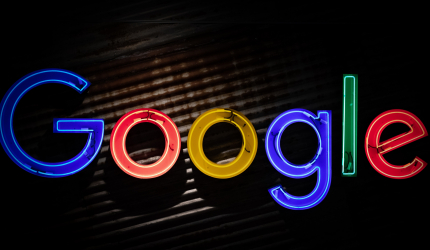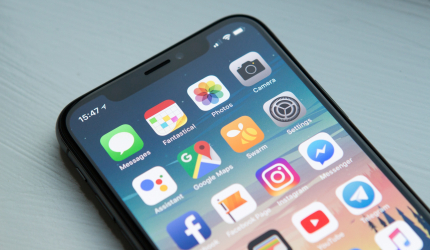We were told that 2015 was going to become the year of beacons. Since Apple released their iBeacons protocol there has been a plethora of start-ups that are dedicated to beacon making.
Smartphones are able to pinpoint beacons position somewhere on the map increasing customer engagement and developing customer loyalty. Therefore companies, retailers and shops are deploying a whole range of sales pitches or specific-good coupons to grab the attention of the shopper as they walk on through the store or down the sidewalk.
We all know that we are tracked day in and day out, but now beacons are matching up our whereabouts so that retailers and companies can get the customer as if it were back in the days of the town criers. “Here ye, here ye”. Isn’t it wonderful that the old town crier job that was long gone, rendered useless, is now back in a digital format?
Who wants to be hit with spam? Nobody these days! We already have enough of it in our email inboxes and getting bombarded with coupons from retailers, even ones that we have absolutely no connection with whatsoever.
The only way shoppers will accept beacons delving into their lives, is if those messages are relevant to enhancing the customer experience. They are that precise that they can guide the shopper to a particular item that would be of interest to them or even get them to the cash desk to pay. Alternatively, they can be set to provide you with the shortest way to the toilets.
Of course, we all know that people are ‘showrooming’ their way into buying, or checking out whether they actually like a product or an item before ordering it. That means beacons these days can provide the enhanced experience of walking through the world-wide web and being provided with links to reviews. This is beyond the added bonus of seeing how the typical shopper actually acts and reacts in the store. What routes do they take? What are they interested in and how do they move around the store? This will inevitably lead to an enhanced user experience when the data is analysed and the shop modifies its layout to suit the customers rather than doing what it thinks to be the best solution.
Here’s some data:
- The beacon has the ability to wake up sleeping apps that are on smartphones.
- 73% of customers that received alerts on their smartphones were more likely to make a purchase than those that didn’t.
- 61% of customers that received push notifications from a store, as they walked through the door, said that they would most likely return to that store.
- Beacons are still in the baby-step stages of life, but in 2016, it is projected that US retailers will see beacon-influenced sales rocket to $44.1 billion across the country, from just $4.1 billion in 2015.
Beacons are definitely the future of things to come in the shopping experience. Retailers have to tread very carefully in the future so that the customer doesn’t feel like they are being bombarded with unwanted messages that will just take up their time. For the moment, analysts are still sifting through data from tests and trials. But it looks as if we should be heading into the shopping-experience of the future with an app that tracks our every move.
Things you should remember:
- Privacy: Beacons don’t have to invade the privacy of the customer and if they do, then they will fail. A customer will have to decide to opt in for marketing spiel. A retailer will have to understand what the customer wants. Without the agreement of the customer, it simply won’t work. Beacons are a mean of allowing for proximity.
- Tracking: The app will only track the customer when they come near a beacon. Coming within reach of the beacon means that the app is alerted and can send a message to the shopper, for example. Facebook has recently been using beacons with Place Tips. Thus, the experience is not just a retailer-edged one.
- Location: Beacons can determine exactly where a client is not only in the store, but more importantly which aisle he is walking down and even how far down the aisle.
- Implicit agreement: If the retailer wants to learn about the shopper, then it has to be made sure that there is no overstepping the mark. Sending an extra piece of information that might just tip the shopper over the edge, means that they might end up deleting the app and that is not the aim.
Beacons are powerful tools of Customer Relationship. They are the modern means of getting to the bottom of the strategies and technologies to manage and analyse customer interactions. They could also be the answer to what retailers have been looking for: assisting customer retention, driving sales and boosting growth.




